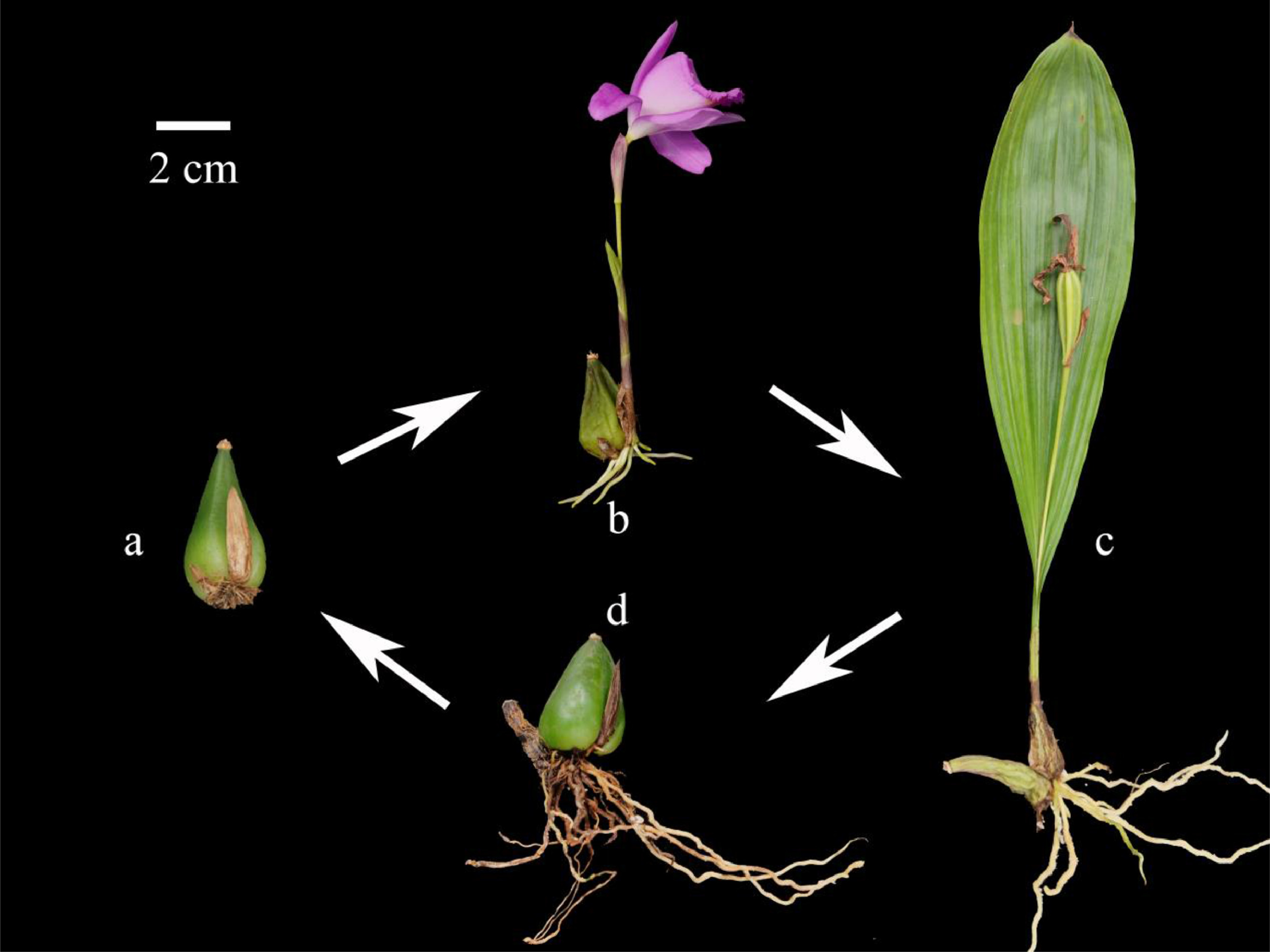
Quantifying nitrogen allocation and resorption of pseudobulbs is important for understanding the survival and adaptation strategies of orchids.
Researchers from Xishuangbanna Tropical Botanical Garden (XTBG) and Kunming Institute of Botany (KIB) of the Chinese Academy of Sciences quantified the nitrogen allocation and resorption in the epiphytic orchid Pleione
Their study was published in Scientia Horticulturae.
The researchers investigated the physiological performance, biomass allocation and nitrogen resorption of P. aurita, an ornamental and medicinal orchid plant, under three nitrogen levels. Using 15N labeling, they compared the contributions of exogenous nitrogen and stored nitrogen, and the allocation to each organ.
They found that the leaf took up the largest proportion of both fertilizer and old pseudobulb-stored nitrogen. The fruit preferred to use pseudobulb-stored nitrogen regardless of exogenous nitrogen supply. The resorption of nitrogen in the leaf and pseudobulb was more efficient than other plant organs, but decreased with increasing nitrogen availability.
"Our results suggested an important role of the pseudobulb in the nitrogen economy of P. aurita, and the high dependence of the reproduction process on the pseudobulb-stored nitrogen rather than an exogenous supply," said FAN Zexin, a corresponding author of the study.

Development of Pleione aurita over a whole growing season. a, Dormant pseudobulb; b, flowering stage; c, full leaf expansion; and d, leaf shedding. (Image by ZHANG Wei)

86-10-68597521 (day)
86-10-68597289 (night)

52 Sanlihe Rd., Xicheng District,
Beijing, China (100864)

